
Peak azalea blossom season coming to Guizhou
The Baili Azalea Nature Reserve in Bijie, Guizhou province — home to more than 120 square kilometers of azaleas — is known as the world's largest natural azalea garden, with blossoms popping out from early spring through late summer.
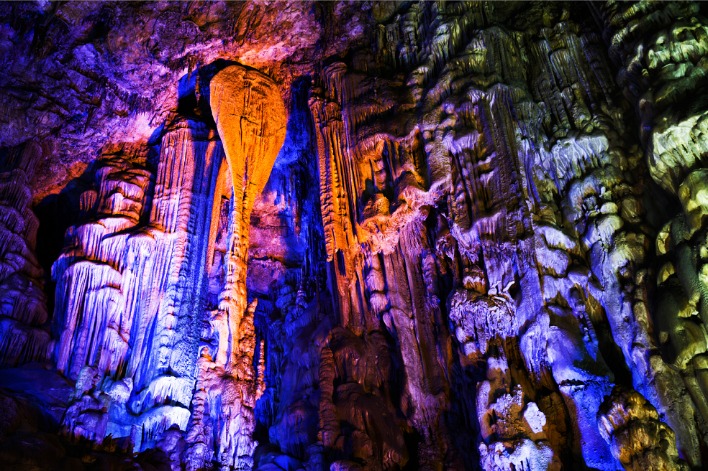
Zhijin Cave Scenic Area, Guizhou province
The only world-level geopark in Guizhou province, the Zhijin Cave was opened to the public in 1985. It has a subtropical plateau climate with a constant internal temperature of between 10 to 16 C, andboasts the largest and most well-developed karst landforms found so far in China.
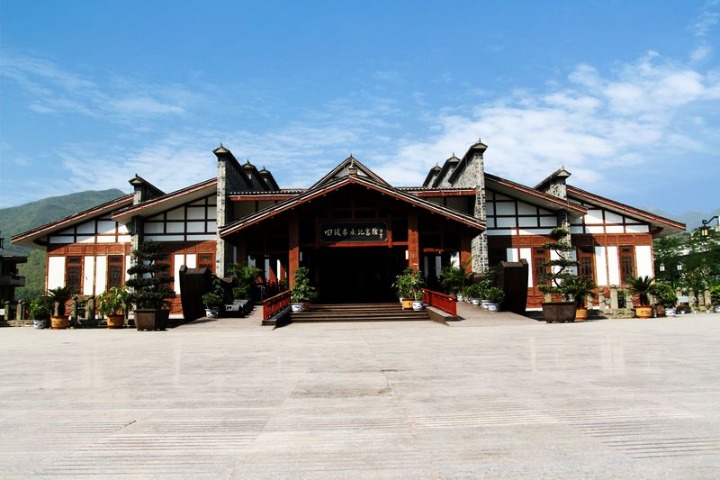
Four Crossings of the Chishui River Memorial (Chinese Female Red Army Soldiers Memorial)
The Four Crossings of the Chishui River Memorial was opened to the public in July 2007, covering an area of more than 7,700 square meters in the style of traditional dwellings of the northen Guizhou area.
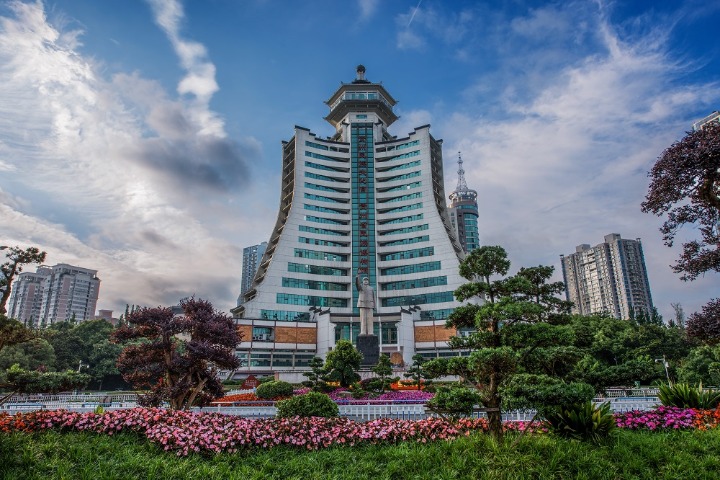
Guizhou Ethnic Museum
Completed in 2012, the Guizhou Ethnic Museum is a provincial museum focusing on preserving, inheriting and promoting traditional local ethnic cultures. It was inscribed as a national first-level museum in 2020.
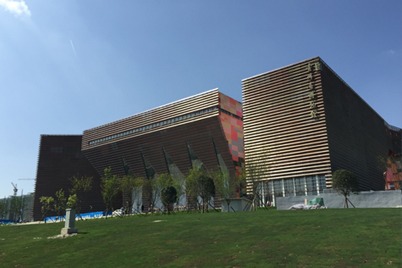
Guizhou Provincial Museum
The Guizhou Provincial Museum was completed in 1958 and moved to its present site in 2013. Designed in harmony with modern surroundings, the building includes an east, west and central wing.
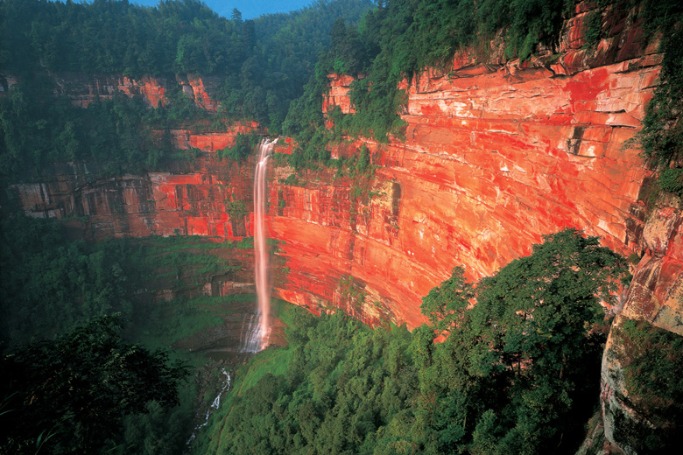
Chishui Danxia Tourism Area, Guizhou province
Covering a total area of 36.3 square kilometers, the Chishui Danxia Tourism Area is composed of the three scenic spots of the Great Waterfall of Chishui, the Buddha Light Rock, and the Swallow Rock.
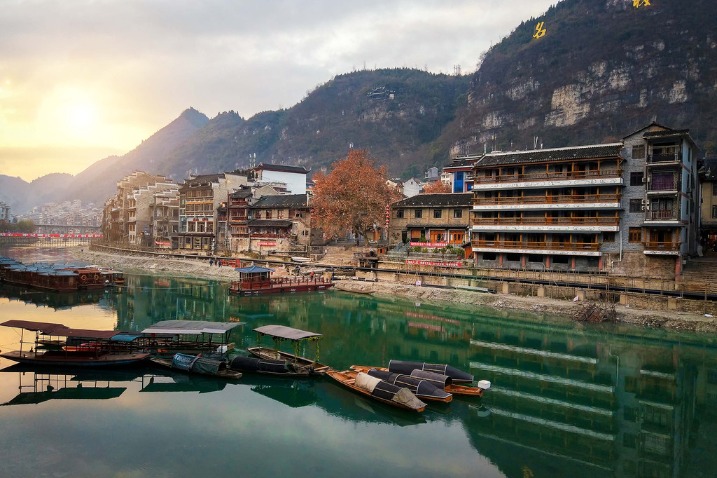
Zhenyuan Ancient Town Scenic Area, Guizhou province
Zhenyuan ancient town used to be the busiest courier station on the "ancient Southern Silk Road", serving traffic from the Central Plains to the Yunnan-Guizhou Plateau, leading to West Asia and East Asia.
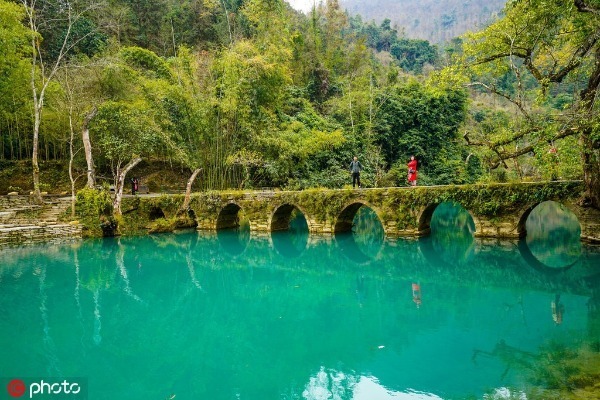
Xiaoqikong scenic spot
Xiaoqikong, which means "bridge with seven little arches", is renowned as a wonderful summer resort in Libo county.
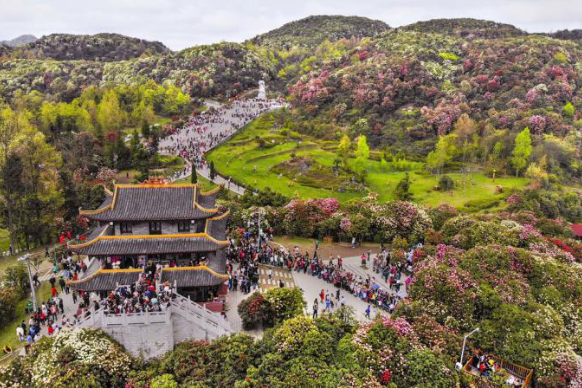
Bailidujuan, Bijie
Bailidujuan Scenic Area is a demonstration area for ecological tourism and a national forest park decorated with numerous azaleas.


